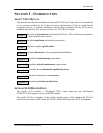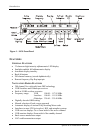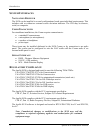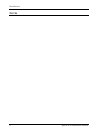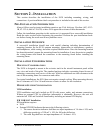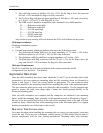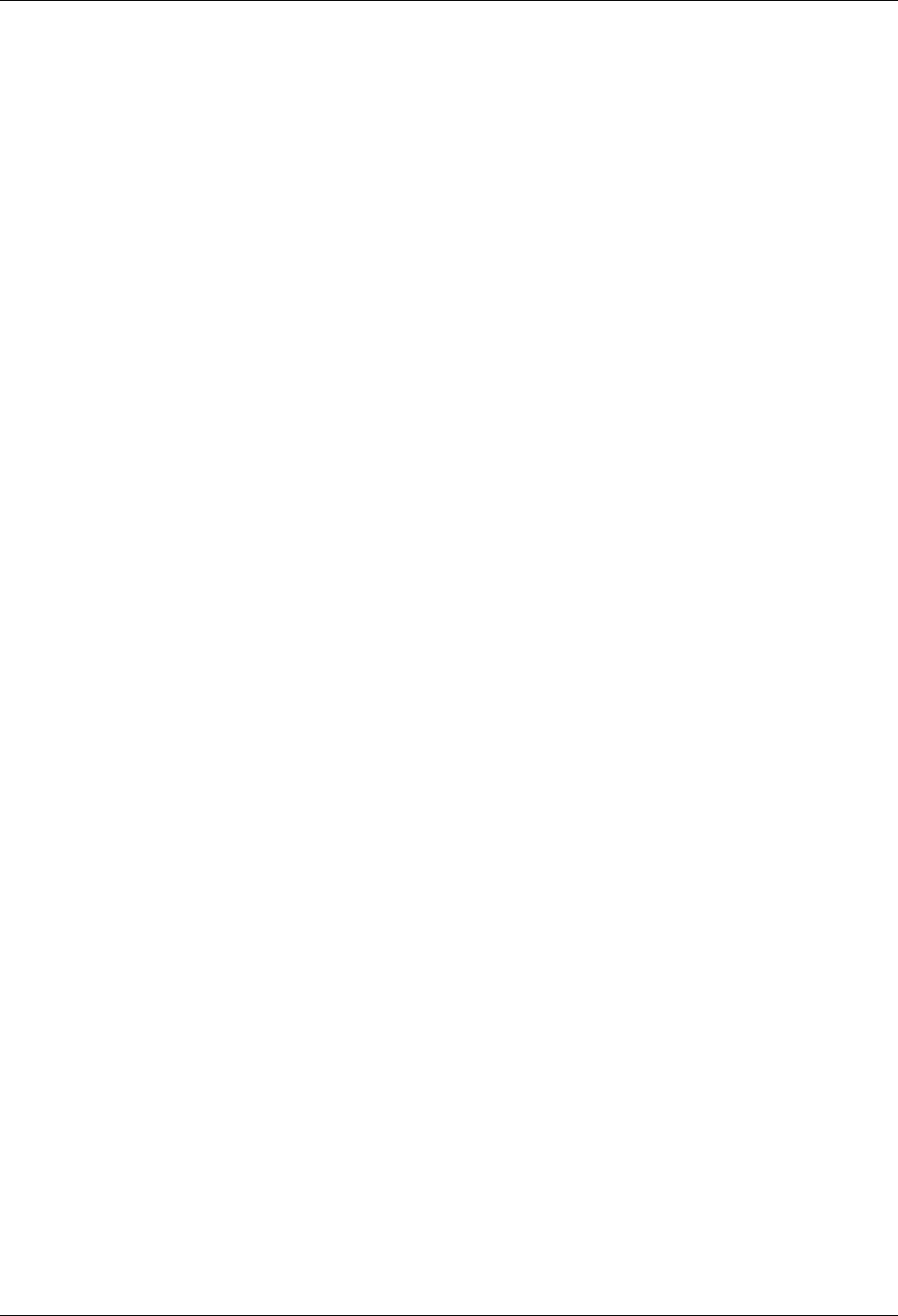
Introduction
4 Apollo SL30 Installation Manual
SYSTEM INTERFACES
NAVIGATION RECEIVER
The SL30 can be installed in several configurations based upon individual requirements. This
includes with or without an external course deviation indicator. The CDI may be discrete,
serial, or composite.
COMM TRANSCEIVER
For standalone installations, the Comm requires connections to:
• a standard Comm antenna
• a microphone (or microphones)
• a speaker or headphone
• power input
These items may be installed dedicated to the SL30 Comm, or by connection to an audio
panel. The system can be configured to mix the NAV audio with the Comm audio if no
external audio panel is used.
SERIAL INTERFACE
• DME – Distance Measure Equipment
• SL/GX – GPS products
• MX – Multi-Function Display
REGULATORY COMPLIANCE
The Apollo SL30 is designed and tested to meet the following TSOs/JTSOs:
FAA TSO-C37d/JTSO 2C37e for Comm transmit
FAA TSO-C38d/JTSO 2C38e for Comm receive
FAA TSO-C128/JTSO 2C128 for unintentional transmission (stuck mic)
FAA TSO-C34e/JTSO C34e for ILS Glideslope receive
FAA TSO-C36e/JTSO C36e for ILS Localizer receive
FAA TSO-C40c/JTSO 2C40c for VOR receive
FAA TSO-C66c/JTSO 2C66b for DME display
The Apollo SL30 complies with the FCC requirements specified in:
CFR 47, Part 87, Aviation Services, Subpart D, Technical Requirements
The Apollo SL30 complies with the FCC requirements specified in:
CFR 47, Part 15, Radio Frequency Devices, Subpart B, Unintentional Radiators
The Apollo SL30 software is designed and tested to RTCA/DO-178B, level C and ED-12B,
level C.
Note: Unauthorized changes or modifications to the SL30 may void the
compliance to required regulatory agencies and authorization for continued
equipment usage.








